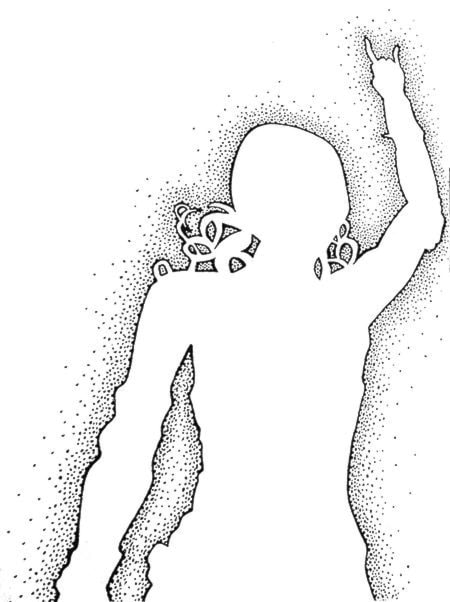The big city might be coming to the small town of Sooke. You heard it first here. That’s right, there’s a movement afoot to get a women’s roller derby team started right here in our home town.
Spear-heading the charge is our own Zea Guest. However, Guest makes it clear that it is so much more than her own efforts in making this happen. She’s working as a part of a group in order to see this vision come to pass.
Guest knows — and loves — the sport. She used to skate with the Eves of Destruction, taking time off only when she became pregnant.
“It’s a really empowering sport to be in,” she said, referring to the team nature of the sport and the bonding that happens both on and off the rink. That, and it’s a great venue for fitness. New skaters endure six months of “fresh meat” training, and to be a player you have to be able to complete 27 laps in five minutes.
Currently, they are gauging interest. There will be an informational meeting on Wednesday, March 5 at the Sooke Child Youth and Family Centre at 2145 Townsend Rd, starting at 6:30 p.m.
“The info night is being sponsored by rollergirl.ca,” added Guest, “so there are some goodies to give away!”
Those who want to be a player need to know that participants need to be 19 and over.
But this meeting is for anyone who is interested in supporting this new athletic undertaking in Sooke, and can include potential sponsors, volunteers, skaters and curious adventurers looking for something completely different.
Roller Derby is a very organized sport these days.
According to Guest, “roller Derby is a fast paced, contact sport empowering women of all ages, shapes and sizes. There are 126 amateur roller derby leagues in Canada,” she elaborates,“31 of which are here in BC. That number is constantly growing.”
Where the derby would happen is also still to be determined.
“Flat track roller derby is economical,” details Guest. “Leagues are DIY enterprises, run ‘for the skater, by the skater.’ Costs can usually be covered by league dues and fundraising, sponsorship also helps cover some costs. The tracks are portable. They can be set up with rope lights, rope, tape, or even just cones. Current leagues skate in airport hangers, traditional skating rinks, ballrooms, old theatres and school gyms.”
The individual costs of participation are also still up in the air, but as a new mother, rest assured that Guest is motivated to keep the costs low.
“I’d like to make it the most financially feasible league possible,” she emphatically stated. Guest and her team are currently exploring a range of sponsorship opportunities and fundraising events.
Just the facts ma’am:
Here are the basics of play
Roller derby is played by two teams simultaneously skating counter clockwise on a circuit track. Each team fields five players per “jam”, both teams designate a scoring player (the “jammer”); the other four members are “blockers.” One blocker can be designated as a “pivot”—they set the pace for game play.
The jammer wears a helmet cover bearing two stars; the pivot wears a striped cover; the remaining members’ helmets are uncovered.
The bout is played in two periods of 30 minutes. Point scoring occurs during “jams”: plays that last up to two minutes. During a jam, points are scored when a jammer on a scoring pass (every pass a jammer makes through the pack after the initial pass) laps members of the opposing team. Each team’s blockers use body contact, changing positions, and other tactics to assist its jammer to score while hindering the opposing team’s jammer.
Certain types of blocks and other play are violations; referees call penalties and require violators to serve time in a penalty box.
By Zea Guest
